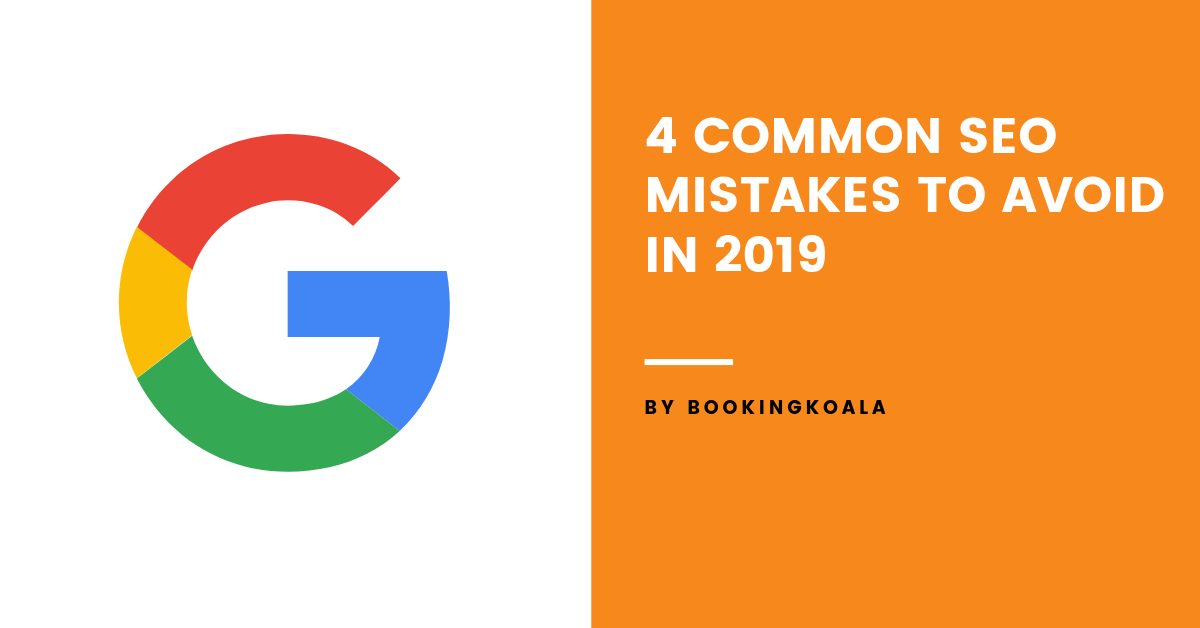Most businesses use SEO as one of the central pillars of their online marketing plans. The amount of targeted traffic that can be gained from the search engines means it cannot really be ignored. When you have decided to commit to an SEO strategy, though, it is important to work on a proven plan. SEO is not an instant traffic strategy, so you want to use your resources in a smart way that will bring about long-term results. The following mistakes are common among businesses trying to rank in Google, but they can be easily avoided when you become aware of the drawbacks:
Using Content to Game the Search Engines

The search engines have become far more sophisticated over recent years. The user experience has been taken into account more than previously, making it harder to create content specifically for a particular keyword. It is still important to think about the keywords you are targeting and including the term within the title and content.
However, trying to stuff keywords into the content to fill a quota is not recommended. An excellent piece of content that has an appropriate theme can end up ranking for a host of keywords related to your main target.
Building Irrelevant Backlinks
Backlinks are still important to ranking in the search engines. However, relevance has become key to the process, making it important to consider the location of each link. You won’t be able to manufacture an entire backlink profile, so it will be common to see a host of different linking sites.
If you have a huge number of links from unexpected sources, though, it will look suspicious to the search engines. You can use content marketing and outreach to find good link placements, but make it a factor to check the topical content of the site and choose locations that hold relevance to your own.
Not Optimizing for Mobile

Google has made clear the stance they are taking on mobile. They recently began rolling out mobile-first indexing, so the mobile version of your site will be the first thing they will look at. The rise in mobile search means it was impossible for the search engines to ignore, while websites who ignore it will also offer a poor user experience to users.
A good mobile site should not just be an adequate version of your desktop site. The site should offer an exceptional mobile experience across all devices, tailoring each version to the technology it will be viewed on.
Using a Poor Site Structure
Many site owners start with good intentions, but gradually they begin to add new pages and their site structure suffers. A good site structure will lead visitors to the content they are looking for and the pages you want them to see. Navigation is one clear factor, with larger sites often requiring multiple category levels.
You also want to place internal links within content, using appropriate anchor text to pass authority between pages. Another effective strategy is the development of content clusters, linking a number of pages based on their broad topical theme.
When done correctly, SEO can lead to a consistent flow of targeted traffic. Your competitors will also want to tap into this traffic flow, though, so you can’t afford too many mistakes. It could come down to fine margins as to who gains one of the top spots that get the vast majority of clicks from searchers. Identifying the common mistakes will allow you to avoid the issues most of your competitors will face. You will then be able to work on your site knowing your content is in a good place to succeed.
